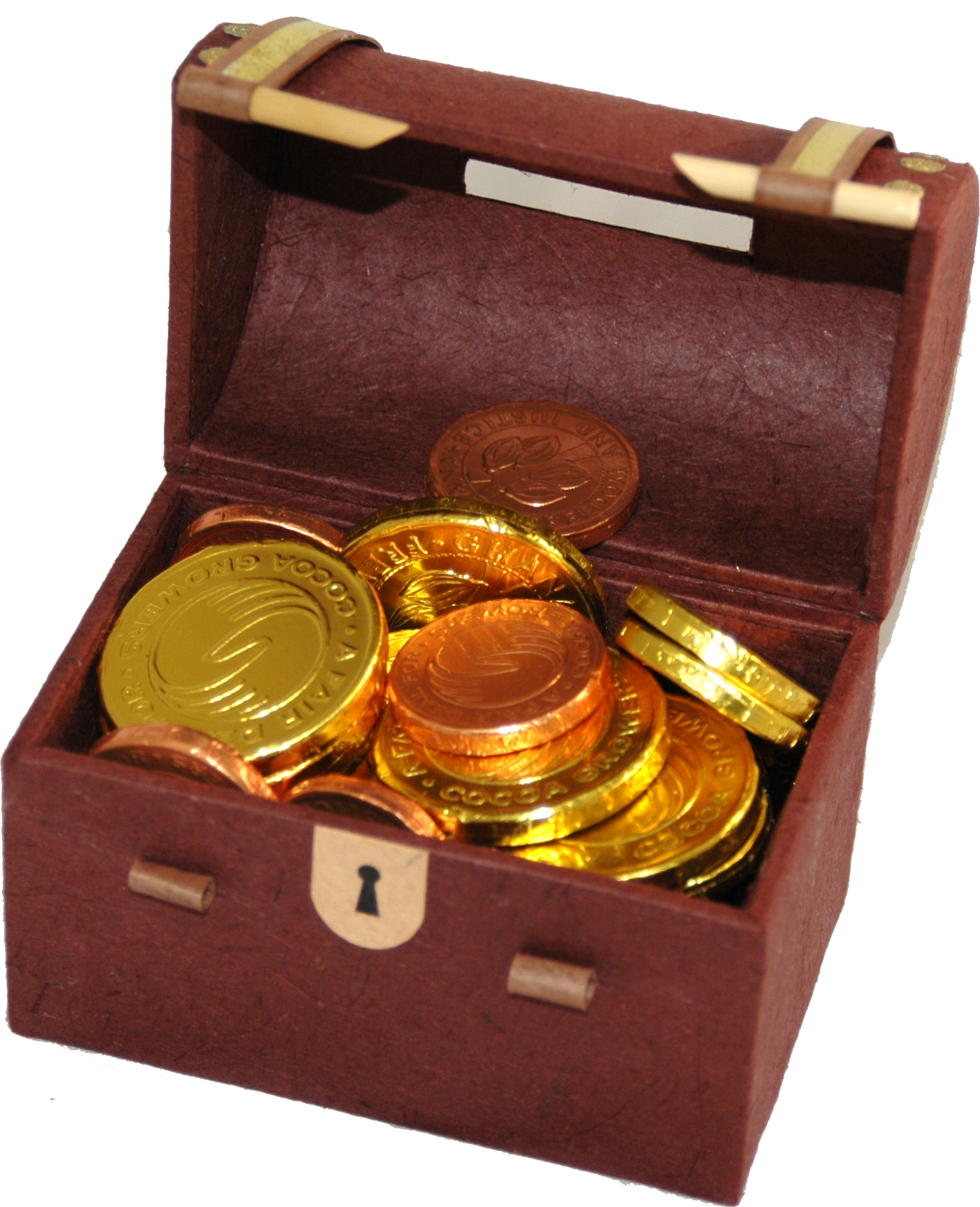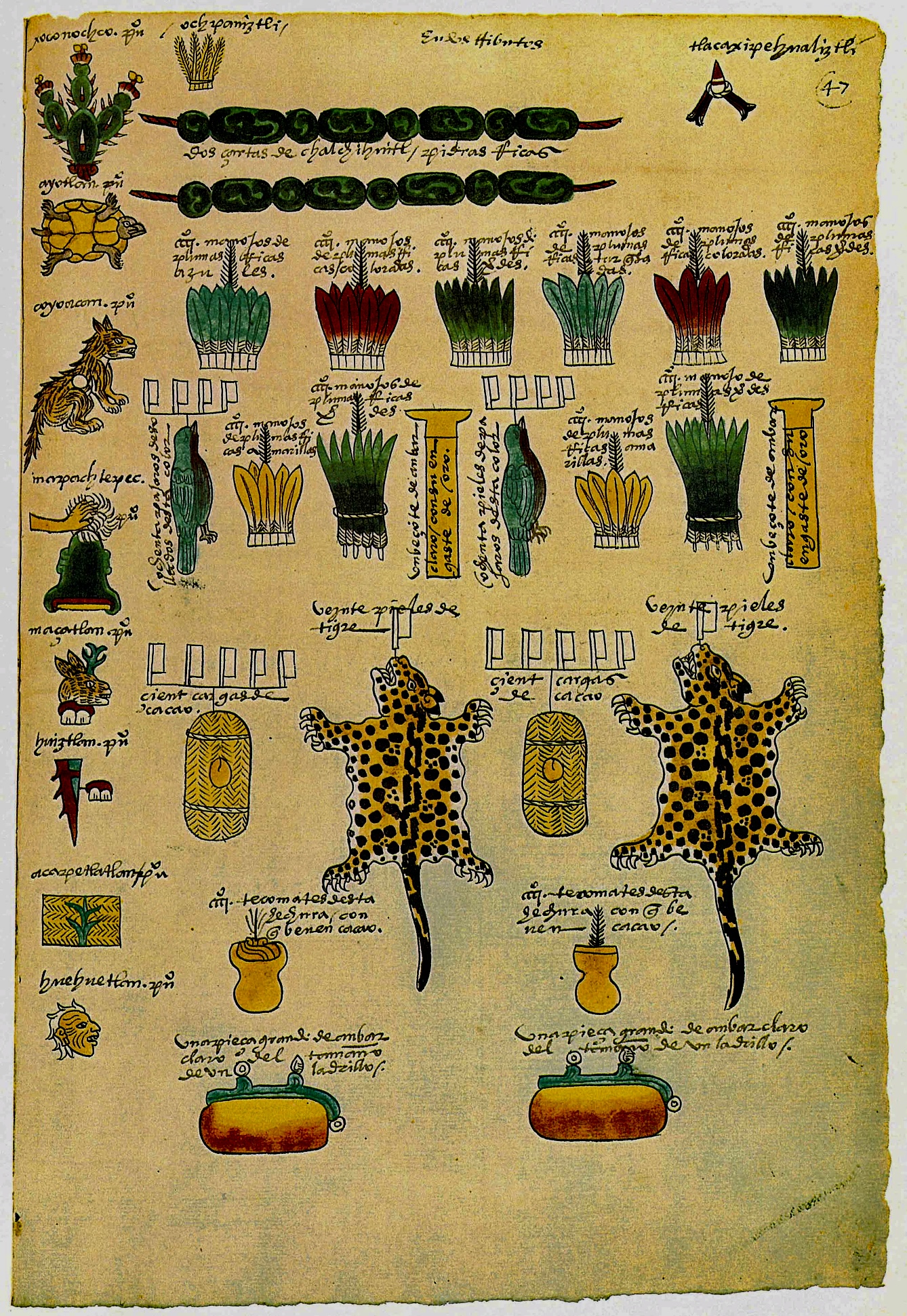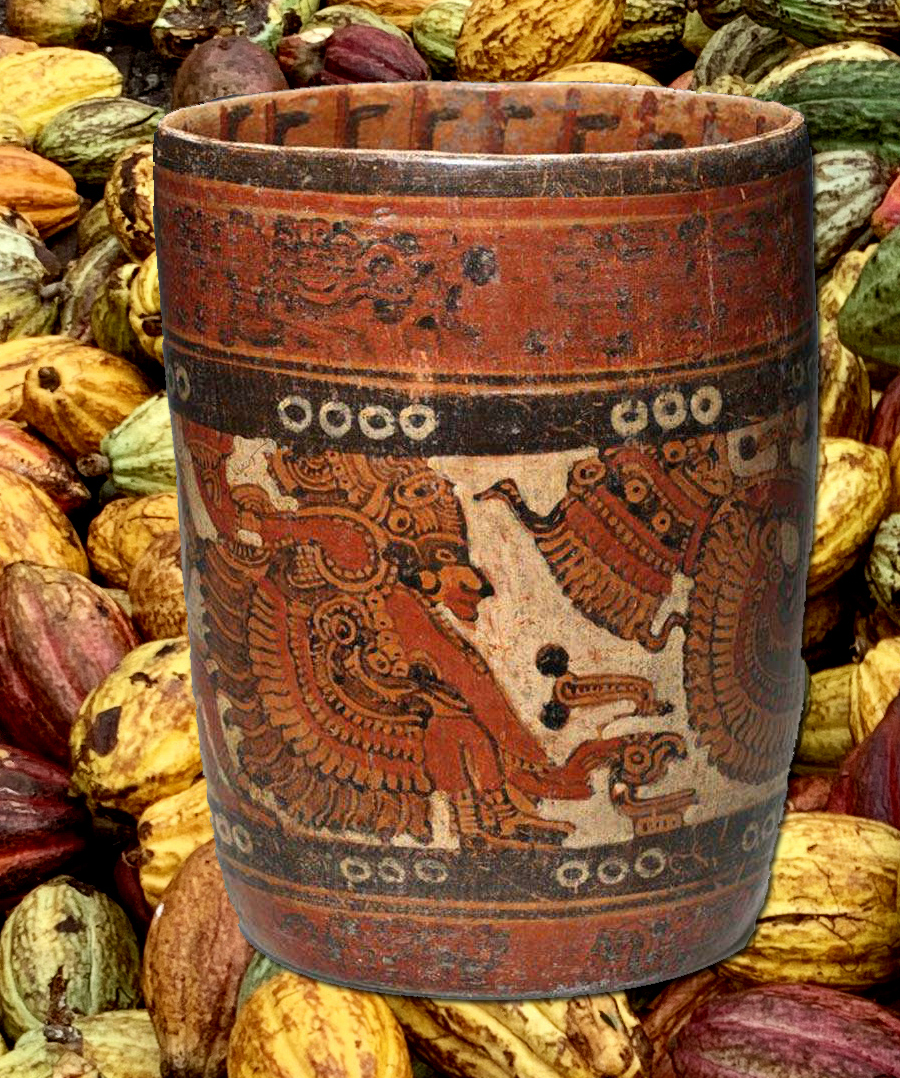
During the height of their achievements,
the Mayan civilisation flourished across a vast and impressive territory that encompassed present-day southeastern Mexico, all of Guatemala and Belize, and the western portions of Honduras and El Salvador.
Renowned for their art, architecture, mathematics, calendar, and astronomical system, the Maya also left a lasting impact on our everyday lives through their contribution to a commodity we cherish: chocolate.
It may surprise you to learn that during Mayan times, chocolate served as a form of currency. Unlike later civilisations, the Maya did not employ coins as a medium of exchange. Instead, they primarily engaged in bartering and trading various goods such as tobacco, maize, and clothing.
Historical records from the 16th century indicate that Europeans utilised cacao beans, the key ingredient in chocolate, to remunerate their workers.
One fascinating piece of evidence illustrating the importance of cacao beans as currency comes from the Aztec tribute list depicted in the Codex Mendoza (c. 1541).
The now famous image showcases the tributes the Aztecs collected biannually from regions in southern Mexico where cocoa was grown. Alongside the jaguar skins, bags filled with cacao beans are depicted.
This is an image showing the tributes that the Aztecs took twice a year from cocoa-growing regions in southern Mexico.
Aztec tribute list from the Codex Mendoza (c.1541).
Next to the jaguar skins are bags filled with cacao beans.
Above each bag are five flags, each of which equals 20 beans.
It's thought that for 100 cocoa beans, a slave could be bought, for 20, a goat 10, a wife or a rabbit and for 5, a pumpkin or gourd.
The Mayan civilisation’s use of cacao beans as a form of currency highlights the deep cultural and economic significance of chocolate in their society. This practice reveals not only their sophisticated understanding of the value of goods but also the central role that chocolate played in their daily lives. Today, as we indulge in our favourite chocolate treats, we can appreciate the historical roots and legacy of this beloved commodity that once held a value akin to that of gold during the opulent days of the Mayan civilisation.
Additionally, the Mayans' relationship with chocolate extended beyond its use as currency, they held deep reverence for cacao and incorporated it into various aspects of their culture.
The Mayans consumed chocolate as a beverage, often preparing it in a ceremonial manner, they believed that cacao possessed divine qualities and offered it to their gods during rituals and religious ceremonies.
The process of making chocolate was intricate and involved, harvesting cacao pods from the trees, carefully extracting the beans within, these beans were then fermented, dried, and roasted before being ground into a paste, to enhance the flavour,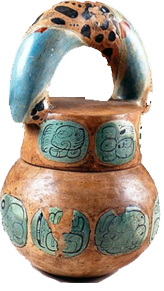
The Mayans would often added spices, such as chilli peppers and vanilla, to their chocolate concoctions.
The resulting beverage was frothy and rich, highly regarded as a delicacy among the Mayan elite.
Furthermore, chocolate held significant social and cultural importance in Mayan society. It was commonly consumed during gatherings and celebrations, playing a role in various communal activities.
The Mayans recognised chocolate as a symbol of wealth and prestige, and its consumption was often associated with royalty and nobility. In fact, Mayan rulers and high-ranking individuals were frequently depicted in art and sculptures holding cacao pods or vessels filled with chocolate.
The Mayan civilisation’s knowledge of chocolate-making techniques eventually spread to other Mesoamerica cultures, including the Aztecs.
The Aztecs, who succeeded the Mayans in the region, also cherished chocolate and considered it a luxury item, they further developed the process of making chocolate and expanded its use in religious ceremonies, feasts, and as a beverage reserved for the elite.
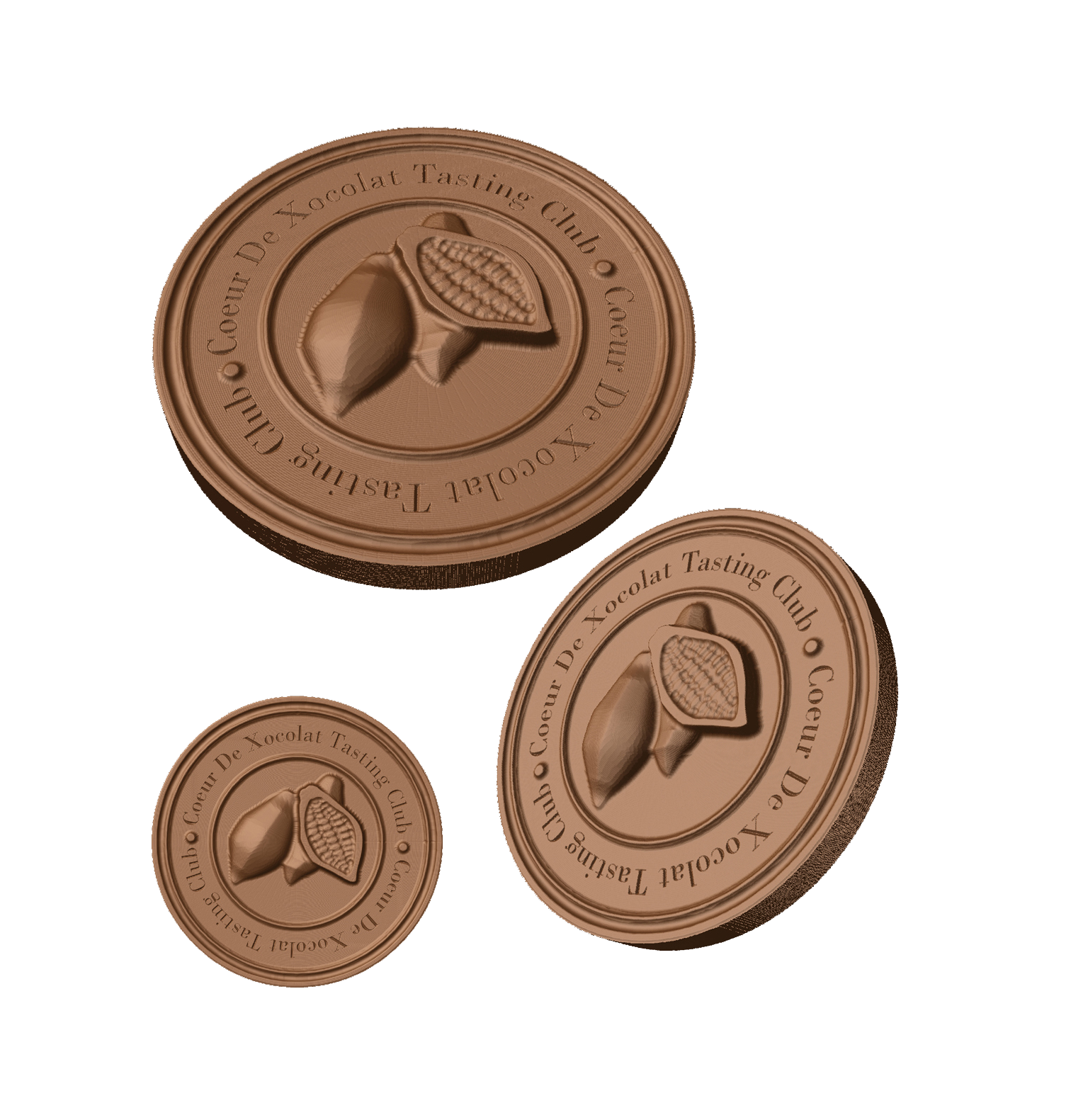 The Mayan legacy of chocolate continues to influence our modern world.
The Mayan legacy of chocolate continues to influence our modern world.
The processes and techniques they developed centuries ago laid the foundation for the global chocolate industry we know today.
The cultural and economic significance of chocolate, which originated from the Mayan civilisation, is a testament to the enduring impact of their achievements.
So, the next time you savour a piece of chocolate, take a moment to appreciate the rich history behind it.
From its humble origins as a form of currency in the Mayan civilisation to its widespread popularity today, chocolate is a timeless treasure that has delighted and captivated people across the ages.
This page has lots more information click here

